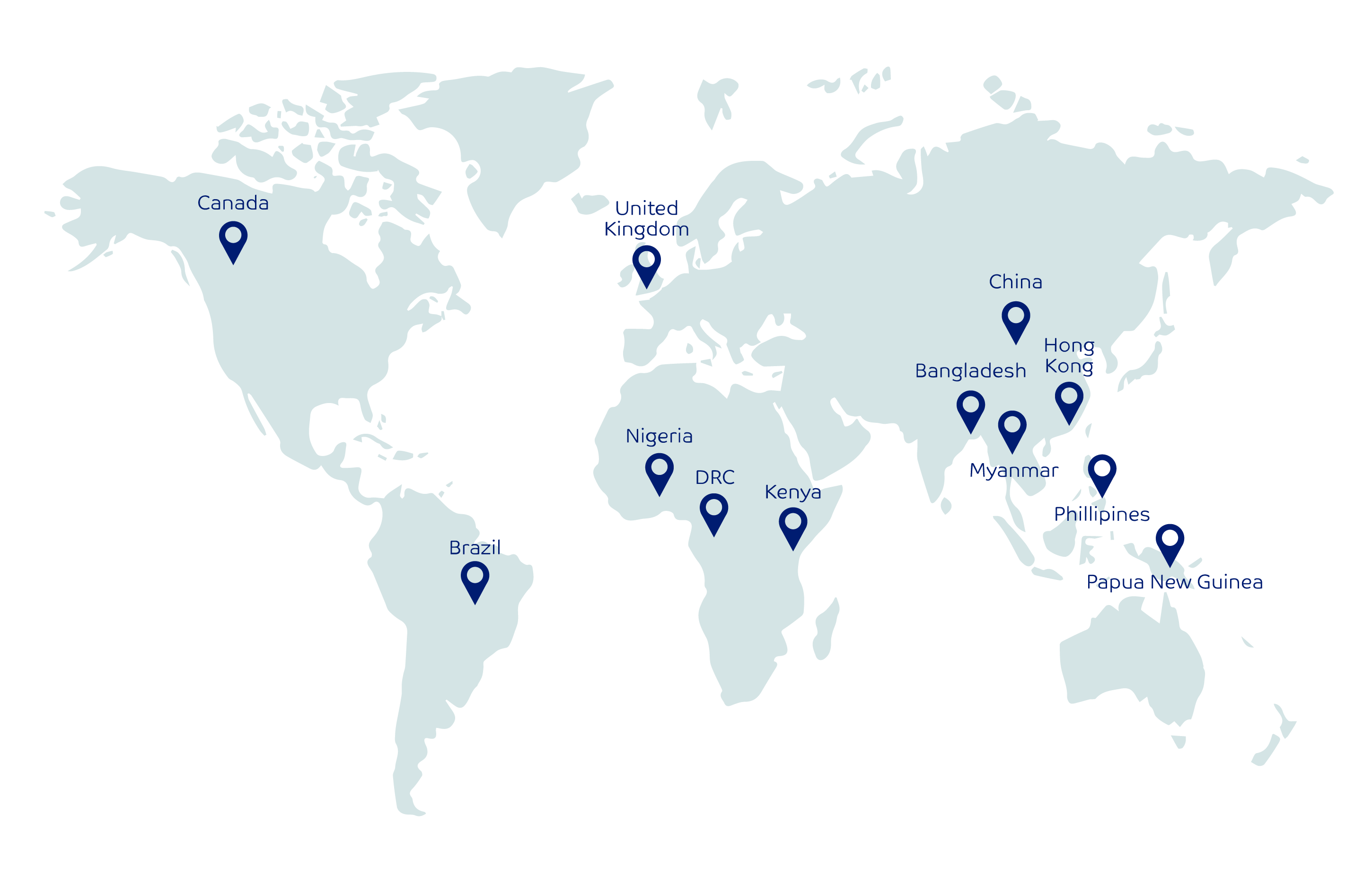China
China was the first country to report their detection of a novel coronavirus, COVID-19, on 31 December 2019. By February 2020, the outbreak of Covid-19 was primarily located in Wuhan City (Hubei province), but the outbreak had begun to spread to Shenzhen, Guangzhou, Chengdu, and Beijing. In affected areas, large-scale lockdowns were imposed. Wuhan and connected cities in Hubei was placed in lockdown from January to April 2020: 50 million people were under mandatory quarantine. In June 2020, a smaller second wave of Covid-19 has been reported in Beijing. Local travel has been restricted and there has been a massive upscale in testing and contact tracing.
To date, most studies on the gender effects of the Covid-19 outbreak in China have focused on the sex specific differences in infection. In China it appears that more women have been infected, but more men are developing severe symptoms and account for higher case fatalities.
In our research project we examine the economic, social and political gender effects of the outbreak in China. The experience of lockdown in Hubei saw a dramatic rise in reports of domestic violence and, as the lockdown lifted, applications for divorce. Across the country it seems that the rates of return to work for women has been significantly less than for men, and the care burden has been significantly higher for women than for men. During the lockdown in affected areas, intersectionalities such as ethnicity, income, sex, and age appears to have determined groups access to food, internet and information on the outbreak. There has also been little investigation on the sustained gendered effects of the outbreak on healthcare workers, aside from the much publicised pictures of female health care workers shaving their heads to avoid infection and receiving donated supplies of sanitary pads while in lockdown in hospitals.
From our preliminary analysis of six months (Jan-June 2020) of news reports and literature published on the Covid-19 outbreak in China (in English and Mandarin), we intend to further investigate the gendered effects of the outbreak in three areas. First, the gendered effect of Covid-19 on healthcare workers, with a particular focus on wage conditions, social stigma, and access to PPE during the outbreak (especially in lockdown areas). Second, the differentiated gendered experiences of lockdown, from access to social goods (internet, food, income) to physical security from domestic violence and racist attacks. Finally, we will analyse the degree to which government issued policy responses reflected gender awareness of the economic and social impact of the outbreak, and specifically, the lockdown measures.
Posts on China

China
China was the first country to report their detection of a novel coronavirus, COVID-19, on 31 December 2019. By February 2020, the outbreak of Covid-19 was primarily located in Wuhan City (Hubei province), but the outbreak had begun to spread to Shenzhen, Guangzhou, Chengdu, and Beijing. In affected areas, large-scale lockdowns were imposed. Wuhan and connected cities in Hubei was placed in lockdown from January to April 2020: 50 million people were under mandatory quarantine. In June 2020, a smaller second wave of Covid-19 has been reported in Beijing. Local travel has been restricted and there has been a massive upscale in testing and contact tracing.
To date, most studies on the gender effects of the Covid-19 outbreak in China have focused on the sex specific differences in infection. In China it appears that more women have been infected, but more men are developing severe symptoms and account for higher case fatalities.
In our research project we examine the economic, social and political gender effects of the outbreak in China. The experience of lockdown in Hubei saw a dramatic rise in reports of domestic violence and, as the lockdown lifted, applications for divorce. Across the country it seems that the rates of return to work for women has been significantly less than for men, and the care burden has been significantly higher for women than for men. During the lockdown in affected areas, intersectionalities such as ethnicity, income, sex, and age appears to have determined groups access to food, internet and information on the outbreak. There has also been little investigation on the sustained gendered effects of the outbreak on healthcare workers, aside from the much publicised pictures of female health care workers shaving their heads to avoid infection and receiving donated supplies of sanitary pads while in lockdown in hospitals
From our preliminary analysis of six months (Jan-June 2020) of news reports and literature published on the Covid-19 outbreak in China (in English and Mandarin), we intend to further investigate the gendered effects of the outbreak in three areas. First, the gendered effect of Covid-19 on healthcare workers, with a particular focus on wage conditions, social stigma, and access to PPE during the outbreak (especially in lockdown areas). Second, the differentiated gendered experiences of lockdown, from access to social goods (internet, food, income) to physical security from domestic violence and racist attacks. Finally, we will analyse the degree to which government issued policy responses reflected gender awareness of the economic and social impact of the outbreak, and specifically, the lockdown measures.








